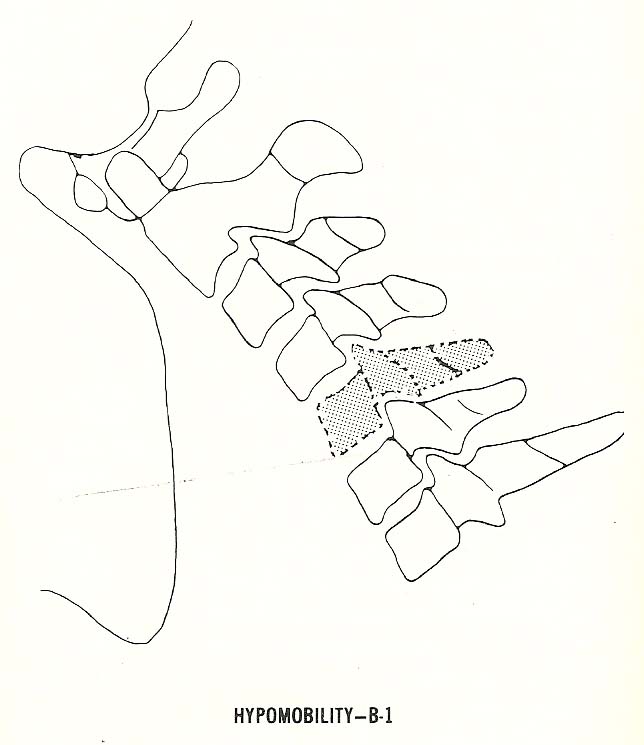The Subluxation Complex Saves Diagnosis for Texas Chiropractors
The Subluxation Complex Saves Diagnosis for Texas Chiropractors
SOURCE: Dynamic Chiropractic
By James Edwards, DC
On April 5, 2012, the Third Court of Appeals of Texas issued a 58-page opinion in Cause No. 03-10-673-CV – the Texas Board of Chiropractic Examiners (TBCE) and the Texas Chiropractic Association (TCA) vs. the Texas Medical Association (TMA), the Texas Medical Board (TMB) and the State of Texas.
According to an April 6, 2012 communication by the Texas Chiropractic Association [1], the case presented three questions for the court:
Diagnosis
On the two most important issues presented by the TCA, the Court of Appeals upheld the validity of TBCE’s Rules 75.17(d)(1)(A) and (B) (“the scope of practice rules”). The first rule, 75.17(d)(1)(A), permits chiropractors to render diagnoses “regarding the biomechanical condition of the spine and musculoskeletal system,” and lists six typical diagnostic areas as examples of what is within the scope of practice. At the district court level, Judge Yelenosky had struck down that rule, stating that it created an unlimited authorization to diagnose any disease or condition, which, he said, exceeded chiropractors’ scope of practice.
The Court of Appeals disagreed and reversed Judge Yelenosky’s decision. The court found that the TBCE rule does not exceed the scope of practice because the rule limits chiropractors to making diagnoses of the biomechanical condition of the spine and musculoskeletal system.
The second rule, 75.17(d)(1)(B), permits chiropractors to diagnose subluxation complexes of the spine or musculoskeletal system, and lists three examples of what is within the scope of practice. The Texas Medical Association and Texas Medical Board had challenged that rule, claiming that the rule allowed chiropractors to diagnose neurological conditions, and pathological and neurophysiological consequences that affect the spine and musculoskeletal system. At the district court level, Judge Yelenosky agreed and struck down the rule because he found that it expanded the scope of chiropractic beyond what was allowed in the Chiropractic Act.
Again, the Court of Appeals disagreed with District Court Judge Yelenosky. The appeals court acknowledged that a subluxation complex could have functional or pathological consequences that affect essentially every part of the body. But the court found that the rule itself only allowed chiropractors to render a diagnosis regarding a subluxation complex of the spine or musculoskeletal system. That authority, the appeals court held, was consistent with the Chiropractic Act. (more…)

